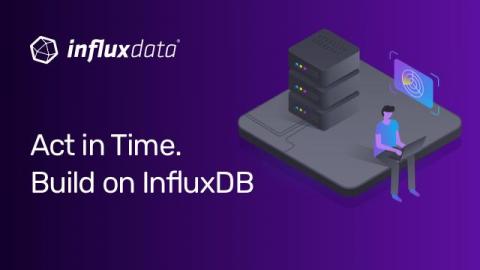InfluxData closes 2020 with exponential cloud growth, expanding user base, and big new customers
SAN FRANCISCO — January 14, 2021 — InfluxData, creator of the time series database InfluxDB, today announced significant growth in 2020 across its cloud business, open source user base, and major new customers. Demand for the time series platform continued to climb across industry sectors, especially for IoT and data streaming use cases.







